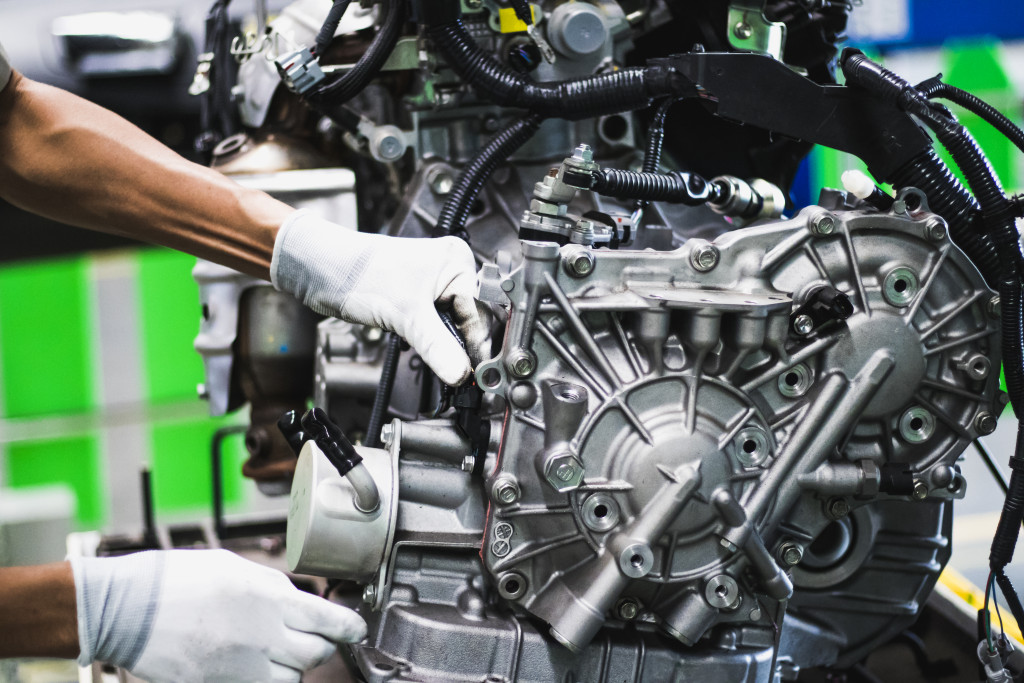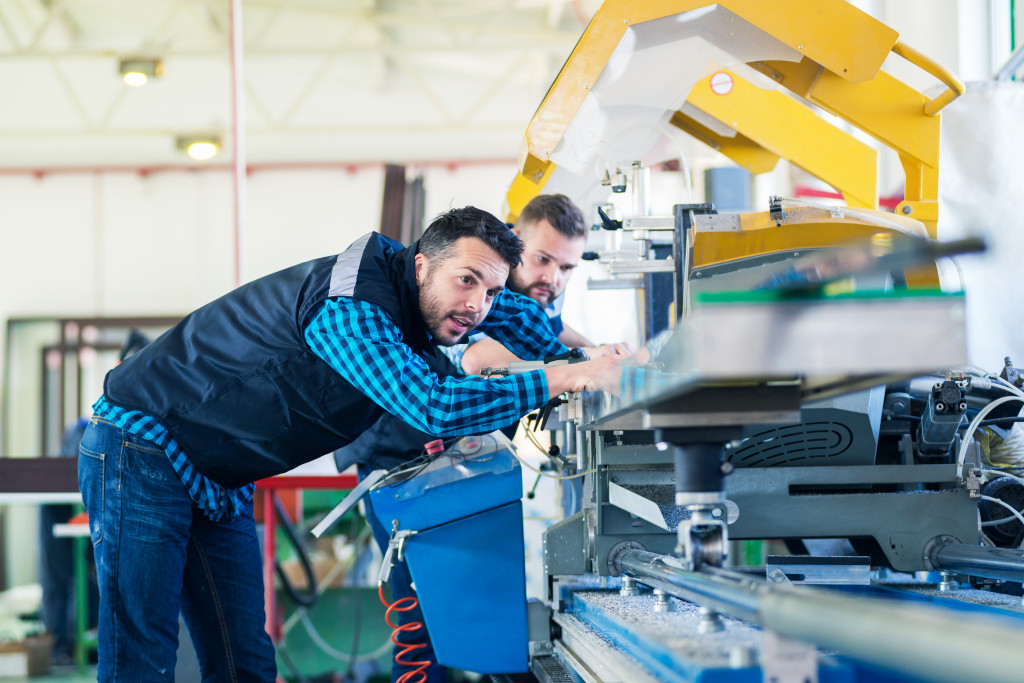Streamlining Manufacturing for Optimal Efficiency

Manufacturing has always been a huge part of the business world, but it’s even more so today. The manufacturing process is much more complicated than it used to be, and many different aspects need to be taken into account. This can lead to problems like miscommunication, overproduction, and inventory management issues. Streamlining everything for optimal efficiency is essential for success in today’s marketplace.
In this article, we will explore what streamlining manufacturing entails, its benefits, and some of the common mistakes businesses make when trying to do so.
What is Streamlining Manufacturing?
Streamlining manufacturing is the process of making the manufacturing process more efficient and effective. This can be done in a number of ways but typically involves using lean manufacturing principles, automating processes, and optimizing workflow.
The Benefits of Streamlining Manufacturing
There are many benefits to streamlining manufacturing, including:
· Increased efficiency and productivity
· Reduced waste and scrap
· Improved quality and accuracy
· Enhanced customer service
· Lower costs
How to Streamline Manufacturing
There are a number of ways to streamline manufacturing, but some of the most common methods include:
Automation
Automating processes is one of the most effective ways to streamline manufacturing. You can eliminate errors, reduce waste, and boost efficiency by automating tasks.
Lean Manufacturing
Lean manufacturing is all about eliminating waste and maximizing efficiency. Implementing lean principles can help you streamline your manufacturing process and improve quality while reducing costs.

Optimizing Workflow
Optimizing workflow is another key way to streamline manufacturing. By identifying bottlenecks and inefficiencies in your process, you can make changes that will lead to a more efficient operation overall.
Common Mistakes When Streamlining Manufacturing
There are a few common mistakes businesses make when trying to streamline manufacturing. Some of the most common errors include:
Not Defining Goals
One of the first mistakes businesses make is not defining their goals. What do you want to achieve by streamlining your manufacturing process? Without a clear goal in mind, measuring success and making necessary changes will be difficult.
To successfully define your goals, you have to answer some key questions, including:
· What are your current problems and challenges?
· What are your long-term goals for the business?
· What is the desired end result of streamlining manufacturing?
Not Getting Buy-In from Employees
Another mistake businesses make is not getting buy-in from employees. If your employees don’t understand or support your efforts to streamline, it will be much harder to implement change. Make sure everyone is on board with your plans before moving forward.
Trying to Do Too Much at Once
When starting out, it’s important to take things slowly and make small changes. Trying to do too much at once will only lead to confusion and frustration. Start with one or two areas of your manufacturing process and make changes gradually.
Not Measuring Results
Another mistake businesses make is not measuring results. It’s important to track the progress you’re making in order to see what’s working and what isn’t. Without measurement, it won’t be easy to improve your process over time.
You will need to establish metrics and Key Performance Indicators (KPIs) to track your progress. These will help you track progress and identify areas for improvement.
Skimping on Materials and Other Important Resources
When trying to streamline your manufacturing process, it’s important to invest in high-quality materials and resources. Skimping on these things will only lead to problems down the road. For instance, specialty piping is essential for many manufacturing operations. Investing in quality specialty piping can help you avoid costly downtime and repair bills. Trying to save money by using inferior materials will only cost you more in the long run.
Not Asking for Help
If you’re not sure where to start or how to make changes, don’t be afraid to ask for help. There are many resources available to help businesses streamline their manufacturing processes. You can hire a consultant, attend workshops or read articles and white papers on the subject.
When streamlining manufacturing, it is important to remember that not everyone will be on board with the changes at first. Make sure to get buy-in from employees and take things slowly to avoid confusion and frustration. Additionally, be sure to measure results so you can track progress and see what is working and what needs improvement. Finally, don
Conclusion
Streamlining manufacturing is essential for success in today’s business world. The process can be complicated, but there are many benefits to be gained. By automating processes, implementing lean principles, and optimizing workflow, you can improve efficiency, boost productivity, and enhance quality. Just be sure to avoid common mistakes like failing to define goals or not measuring results. You can streamline your manufacturing process and take your business to the next level with a little effort.





